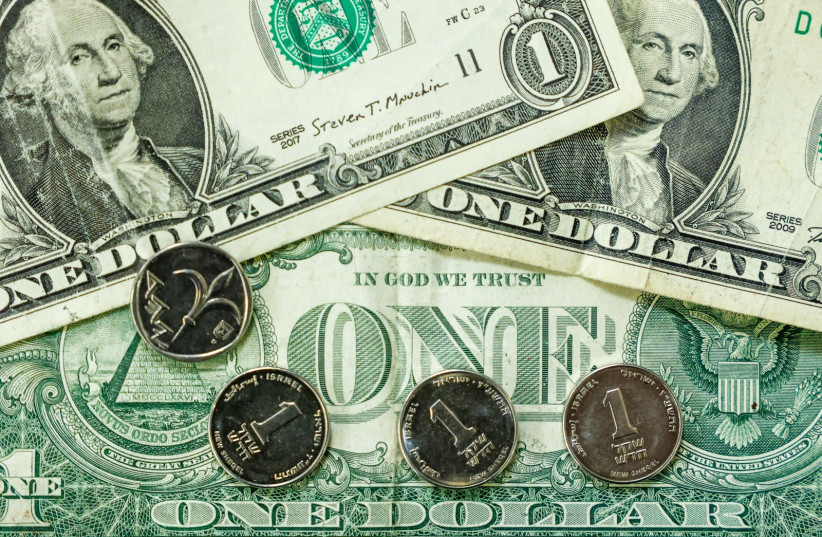A majority of Americans (66%) view tipping negatively, with Gen Z and men tending to tip the least out of anyone, according to a survey released on Thursday from financial services firm Bankrate.
The survey also found that tipping has gone down sharply in recent years, though older demographics and women are more likely to tip.
The growing opinion among US adults is that they shouldn't need to pay because employers should simply be paying their employees more rather than relying on customer tips.
How much is tipping in the US on the decline?
Tipping culture in the US isn't rooted in trying to pay in advance for better service, but rather to pay a gratuity for services rendered.
Most service industry jobs in the US don't pay a lot, with employers able to get around minimum wage regulations by adding tips.

According to the US Labor Department, an employee is considered a tipped employee if they regularly receive over $30 in tips per month. As such, their employers don't need to pay them a minimum wage of $7.25 per hour, but rather only $2.13 per hour, though employers do need to make up the difference should the end result not match up to the federal minimum wage. Note that this is only true on a federal level as different states have their own minimum wage guidelines.
Tips can be found given in a number of fields. The most commonly known ones are in the food industry, with restaurant waitstaff being most associated with tips. However, it is also given to delivery workers, taxi and rideshare divers, and repair workers.
Out of all these fields, the waitstaff at restaurants is the most likely to get tipped, with 65% of US adults tipping there when frequenting these restaurants, according to Bankrate.
However, this is a sharp decline from 2022, when 73% of customers tipped, and 2021 when 75% did.
After waitstaff, the jobs most likely to get tips are hair stylists and barbers, with 53% of customers tipping. This is another sharp decline from 2022 when 66% of customers tipped.
When broken down by age demographics, however, one can see a major split between Gen Z and baby boomers, with the latter being 70% more likely to tip hairdressers compared to just 24% of the former – a pattern that holds true for all sectors, with the sole exception of home services and repairs, with Gen Z being more likely to tip than baby boomers.
On a geographical level, adults from the US Midwest are more likely to tip than the rest of the country when it came to restaurant waitstaff, food delivery workers, and hairdressers.
For coffee shop baristas, home services and repair workers, and taxi and rideshare drivers, the Northeast was more likely to tip than the rest of the country. For picking up food for takeout, the tips are most likely to be given out in the west.
What are the big issues Americans today have with tipping?
A number of issues were brought up in the survey regarding US tipping culture. Chief among them is the statement that businesses shouldn't rely on tips but rather should pay their employees better from the start, something 41% of respondents felt.
Another 32% felt annoyed at pre-entered tip screens at businesses, and 30% felt tipping culture has simply gotten out of control.
Around 15% of respondents expressed confusion over who gets tipped and how much should they tip at all – to that, 42% of respondents said at least 20%, at least for restaurants.
Some others (16%) have also said that they would rather pay higher prices than tip people.
